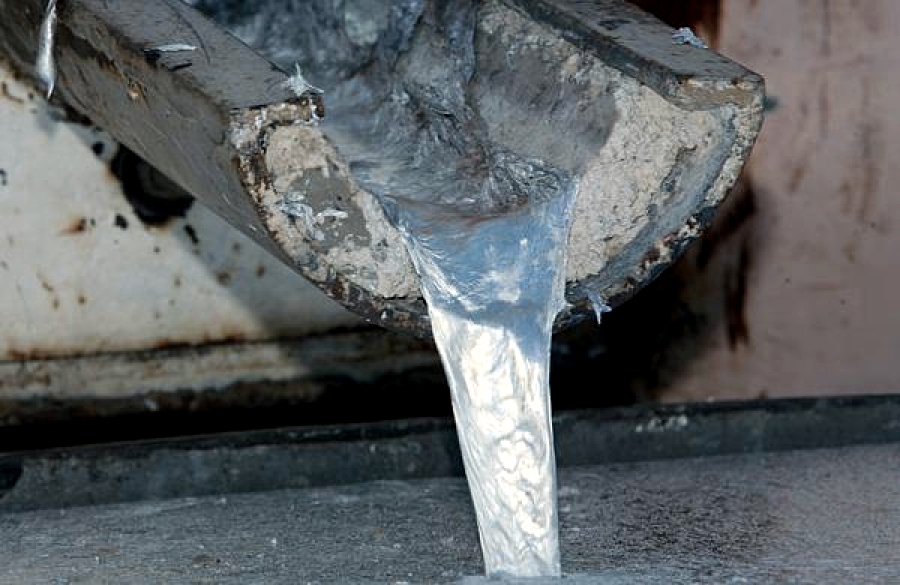
LONDON/MELBOURNE, April 12 (Reuters) – Dominant aluminium producer China may help fill a gap in global supply after the United States slapped sanctions on Russia’s aluminium giant Rusal.
But a tangle of tariffs will obstruct flows to the United States so aluminium consumers will need to find other solutions as well, industry experts said.
International prices, which have shot up more than 10 percent since the sanctions were announced, will have to rise further to lure exports from China, whose metal faces a range of tariffs and duties.
“China is the only place with surplus material, so that’s where we need to incentivise that excess supply to be shipped to the U.S.,” said Robin Bhar, head of metals research at Societe Generale in London.
Rusal accounts for about 14 percent of world aluminium production outside China. Global flows of the metal, which were already shifting after the United States imposed import tariffs on steel and aluminium, will need to further contort to supply the 65-million tonne a year market.
Metal from tariff-exempt countries like Canada and Australia is already flowing to the United States where premiums – the cost on top of futures prices to obtain physical metal – have soared, and material from the Middle East and India is taking its place, traders said.
Some analysts and traders expect Rusal material to flow to China and other parts of Asia, while China would export its own material to make up a yawning deficit in the United States and elsewhere.
This would hinge, however, on Rusal accepting a price haircut of around 25 percent given China’s lower domestic prices, logistics and duties.
“If Rusal can stomach the discount we would expect units to flow there. China could, in turn, boost semi and even primary aluminium exports to ease the rest of world shortage,” said Oliver Nugent, analyst at ING Bank in Amsterdam.
Others were sceptical about large exports of Chinese metal flowing to the United States.
Some Russian volumes could end up in China, said Wen Xianjun, vice president of China Nonferrous Metals Industry Association, but he dismissed the suggestion that sanctions could open up a new opportunity for Chinese aluminium to be exported to the United States.
“The import tariffs on Chinese aluminium products entering the United States are high … and the product mix is different,” he said, noting that Washington had slapped twin anti-dumping and countervailing duties on China’s main aluminium products.
Bhar said the U.S. premium would have to gain at least 25 percent to attract metal from China.
An alternative destination for Rusal material is Turkey, a big aluminium consumer, while some of its metal could ultimately be remelted, then rerouted, traders said.
In a worst case scenario, more than 2 million tonnes of Rusal’s metal could find it difficult to reach the market due to the sanctions, or half of Rusal’s annual sales, said a source with an understanding of Rusal’s trading volumes.
This is based on Rusal’s sales in the United States via the London Metal Exchange and sales by Swiss-based Glencore of aluminium produced by Rusal, the source said.
Glencore, which markets Rusal metal, plans to declare force majeure on some aluminium supply, a source familiar with the matter said on Wednesday.
In Asia, traders and manufacturers have scrambled to buy non-Rusal metal to supply their customers since the sanctions were announced.
Premiums for aluminium for delivery into Shanghai bonded warehouses rose by $5 to $130 the highest in 2-1/2 years, while U.S. premiums climbed to three year highs of 20.7 cents a pound.
While standard aluminium ingot can simply be swapped for other brands, customers that use Rusal’s specialized products such as aluminium alloy or billets will have a harder time finding replacements.
(Reporting by Melanie Burton in Melbourne, Eric Onstad and Pratima Desai in London, Tom Daly in Beijing, Yuka Obayashi in Tokyo, Jane Chung in Seoul, Kane Wu in Hong Kong and Polina Devitt in Moscow; editing by Richard Pullin)